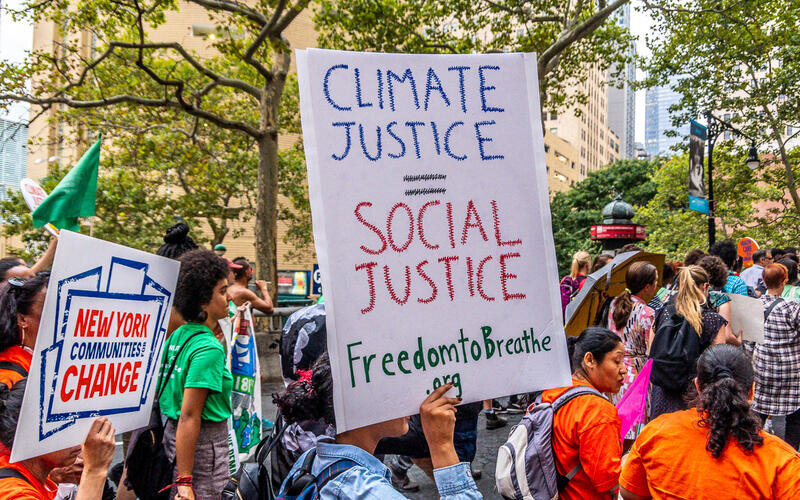From the poisonous lead-contaminated water supplied to residents of Flint, Michigan, to the industrial corridor dubbed “Cancer alley” in Baton Rouge, Mississippi, Black communities in the United States have been long subjected to environmental injustices. According to a 2017 study done by the National Association for the Advancement of Colored People (N.A.A.C.P.) and the Clean Air Task Force, African-Americans are 75 percent more likely than other Americans to live near facilities that produce toxic waste. Furthermore, the highest rates of asthma and deaths from cardiovascular disease are found among communities of color – all of which are linked to disproportionate exposures to pollution. To fully understand the intersectionality of anti-Blackness and environmental injustice, we must recontextualize environmentalism in American society.
Environmentalism wasn’t meant for Black people. In the 1970’s, environmentalism began as a political movement aimed at protecting the quality of the environment and has long been composed of predominantly middle-class white Americans. More concerned with saving the turtles, national parks and themselves, white America pays little to no attention to the environmental crises that disproportionately affect Black communities.
Then and now, Black and Brown people are seen as forms of pollution. This is apparent in historically racist practices such as redlining. This was the concentration of African-Americans into disinvested, “redlined” neighborhoods by banks and insurers. The segregation of BIPOC communities into slums and urban housing projects is a recurring theme throughout U.S. history. So, why are Black people easily blamed and accused of being the creators of the unjust environments they endure?
We are currently witnessing first hand the gentrification of minority neighborhoods to make room for cleaner, whiter spaces. Kicked to the outskirts of their neighborhoods and the environmental movement, environmentalism has long been underscored by the oppression, extraction and pollution of marginalized life.
Thus, we cannot depend on the Environmental Movement to address the unique social and physical environments of Black life. Instead, we turn to the emergence of the Environmental Justice Movement (EJM) and Black ecology.
The EJM began in North Carolina in 1979, when the state began dumping toxic soil laced with carcinogenic chemicals in Warren County, a population that was 67 percent Black. Over the next four years, hundreds of the county’s residents and civil rights activists would be arrested for protesting the disposal of 60,000 tons of contaminated soil. Although their efforts were unsuccessful in preventing the dumping, the NAACP and other organizations took notice and began pressuring the government for environmental justice.
The EPA defines environmental justice as “the fair treatment and meaningful involvement of all people, regardless of race, color, national origin, or income, with respect to the development, implementation, and enforcement of environmental laws, regulations, and policies.” Despite increased efforts, their so-called “fair” environmental laws have continually neglected minority environments and infrastructures. Thus we see cases such as Flint, Michigan, one of many instances where cries for environmental justice are ignored in predominantly Black “sacrifice zones.”
The Environmental Movement lacks the nuance to change the lives of those directly affected and is historically in favor of white Americans. The Environmental Justice Movement (EJM) lacks the scope to fully encapsulate the ecological concerns of Black and Brown communities.
To properly address Black environmental concerns, the EJM and the government must turn towards Black ecology and recognize the history of environmental racism in the U.S. Sociologist Dr. Michael Warren Murphy defines Black ecology as “the ongoing reality of black and African diasporic vulnerability to dangerous environmental conditions.”
If climate change, pollution and toxic waste dumps predominantly affect Black communities, why is the government focused on white ecological concerns?
The lack of green spaces, urban decay and impending gentrification of Black communities must be addressed through the lens of Black ecology. Through which, environmental injustices can be understood and Black people can be liberated from polluted environments. But even with the rise of Black ecology and environmental justice, mainstream environmentalism continues to neglect marginalized life.
Originally Published 2/23/23





